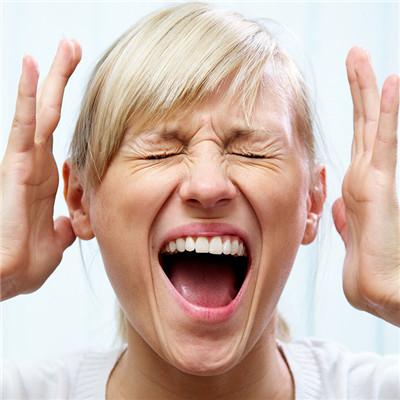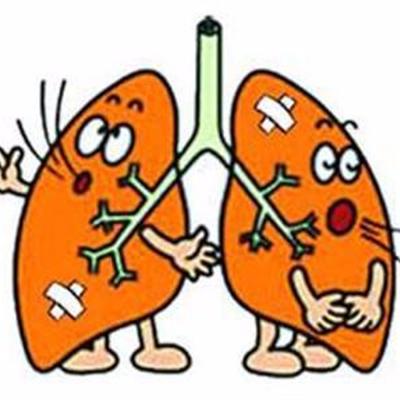What is paroxysmal headache?
summary
What is paroxysmal headache? Recurrent headache: headache is one of the common clinical symptoms, which usually refers to the pain limited to the upper part of the head, including the eyebrow arch, the upper edge of the ear wheel and the line above the occipital eminence. There is recurrent headache.
What is paroxysmal headache?
We should pay attention to the characteristics of headache itself, such as the cause, course, time, location, nature, degree of headache and the causes of aggravation and alleviation, so as to provide some clues or diagnostic direction for the etiology. For example, the superficial sharp needling pain is mostly caused by cranial surface neuralgia, the pulsatile pain or distending pain on one side is caused by vascular pain, and the constrictive pain and trapped pain on the neck and occipital part and forehead top are caused by muscle contraction headache. Among them, it is particularly important to find out whether the headache is paroxysmal (with completely painless intermission) or persistent (sometimes light and sometimes heavy), because once it is confirmed as paroxysmal neIf headache, if we understand the causes of the attack at the same time, we can greatly narrow the scope of exploring the etiology and find out the direction of diagnosis as soon as possible.
Paroxysmal headache induced by changes of head position and body position: there may be intracranial hypotension syndrome, transient ischemic attack, cervical migraine, hypotension, intracranial tumor, especially ventricular system tumor, etc. Headache in the morning or at night Author: may have hypertension (cerebral vasodilation after long lying), early intracranial pressure (poor venous return after long lying), cardiac dysfunction (same as before), frontal sinusitis (poor drainage after lying flat), epilepsy, etc. ③ And mood, fatigue and other related or incentives unknown: migraine, cluster headache, epilepsy, hysteria, etc. ④ A brief attack of sharp pain after cold or injury: mostly neuralgia.
Migraine is more common in young women, about 2 / 3 of the patients have family genetic background; 10% of the patients had obvious premonitory symptoms such as visual paresthesia and aphasia; Most of the pain sites are on one side, presenting periodic attacks. The nature of each attack is similar, accompanied by sweating, vertigo, palpitation, pale or flush, even abdominal pain, diarrhea and other autonomic nervous dysfunction symptoms. The effect of vasoconstrictor ergotamine is remarkable. Most patients experience several years or decades to menopause, and the symptoms gradually reduce or disappear.
matters needing attention
Cluster headache is common in middle-aged men. There is no premonitory symptom before the attack. It occurs suddenly at night or during sleep. The pain is intense and intensive, and reaches the peak quickly. It starts from around one eye or one face, and the rapid expansion even affects the ipsilateral shoulder and neck, presenting as jumping pain or burning pain. It can be alleviated when standing, accompanied by pain such as flush, tears, stuffy nose and runny nose on the ipsilateral eye, It lasts for 10 minutes to 2 hours without obvious positive signs of nervous system. Histamine test can help diagnosis if necessary.









